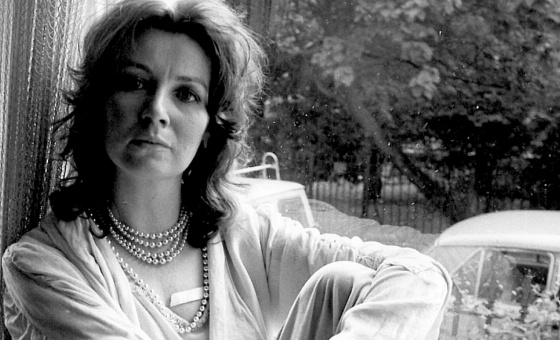This is the last article you can read this month
You can read more article this month
You can read more articles this month
Sorry your limit is up for this month
Reset on:
Please help support the Morning Star by subscribing here
The moving sleeve notes of Woody Plays Woody were written by Woody Louis Armstrong Shaw III, the son of the luminous trumpeter Woody Shaw, born in Laurinbug, North Carolina, in 1944 and who died on the New York subway in May 1989.
All compositions on the album were recorded in live performance at San Francisco’s Keystone Korner jazz club in 1977 (with Opec recorded at the same venue in 1981), and with Woody were some of the prime musicians of his generation, including drummer Victor Lewis, bassist Stafford James, pianists Larry Willis and Mulgrew Miller, trombonist Steve Turre and Carter Jefferson playing soprano saxophone.
Barely in his twenties, Woody was invited by alto saxophonist Eric Dolphy to work with him in Europe.
Dolphy died in Berlin shortly after Shaw’s arrival, but he stayed in Paris and played with Bud Powell and Kenny Clarke.
When he returned to the US he joined the Horace Silver Quintet, played with Jackie McLean, Hank Mobley and McCoy Tyner and became a regular horn on Blue Note records before becoming a Jazz Messenger with Art Blakey.
In 1973 he began leading his own groups, while also playing with Dexter Gordon, also home from Europe and as a part of the Junior Cook/Louis Hayes Quintet.
Admired for his fiery and audacious hornwork, he was plagued by failing eyesight in his latter years, but always remembered by the words of introduction given to him be fellow trumpet ace Dizzy Gillespie: “Hey look out, look out! Here he comes!”
Shaw composed all the tunes of Woody Plays Woody, and the first Little Red’s Fantasy was written for his wife Maxine.
His solo reveals many of his horn qualities — the piercing tone, the adventurousness of pitch, the potent improvising, the melodic sense, the intensity of sound. All are manifested before Stafford James’s plunging solo.
The racing pace of Rahsaan’s Run was Woody’s tribute to one of his beloved confreres, the miraculous Rahsaan Roland Kirk, the blind saxophonist (he played three reed instruments simultaneously).
Rahsaan supported Woody when he needed to deal with his own hereditary retinitis pigmentosa: “If I can get on stage with Roland Kirk,” he declared, “Rahsaan man is like a wizard. When I see people like that, it doesn’t bother me.”
Lewis is explosive on this one and Woody’s opening solo sprints and crackles until the ever-nimble Turre’s slides take the baton above Willis’s powerful comping.
A great track that Rahsaan would have relished.
“Once the inherent difficulties of the tune are solved, there are no limits to wher you can go with it,” said Woody, and Stepping Stone illustrates this to dynamic effect.
Jefferson’s seething soprano boils up the stew and Woody’s exchanges with him only compound the heat until Willis’s galloping chorus gives but a modicum of relief as James furiously slaps his strings.
The Organ Grinder of the next’s tune title was Woody’s close friend of a Newark, New Jersey, youth, Larry Young, with whom he recorded the epochal Blue Note album Unity in 1965.
Shaw was hugely influenced by the organist, who introduced him to African and oriental musics and when he died in 1978 Woody and jazz lost a true genius.
He plays with poise and restraint and great beauty on this one, and Willis’s solo emulates him with invention and respect.
Woody’s solo on Opec burns, as his son puts in in his sleeve notes, with “sheer vitriol’ in a tune he wrote as a critique of the policies of the global energy conglomerate.
Lewis is torrential too as Woody blows a storm of visceral notes into the Frisco skies and Turre carries on the damage, relenting not a wit, all the way to Saudi Arabia and the Gulf millionaires.
“I got my college degree from Art Blakey’s university of jazz and life,” affirmed Woody; “I’m very proud that I was a Jazz Messenger.”
And Ginseng People was his tune to Blakey, named after the efficacy of the herb and the drummer’s love for Japan and its people.
Turre, another ex-Messenger, blows knots of sound in his solo above James’s stamping bass before Woody comes surging in, his phrases flickering like agitated leaves of sound, his long, defiant solo urged on by thoughts of the mighty drummer and the reality of one of his true inheritors, the superb Victor Lewis, pounding right next to him.
Woody lives again.
Get out and get it.
Review by Chris Searle





